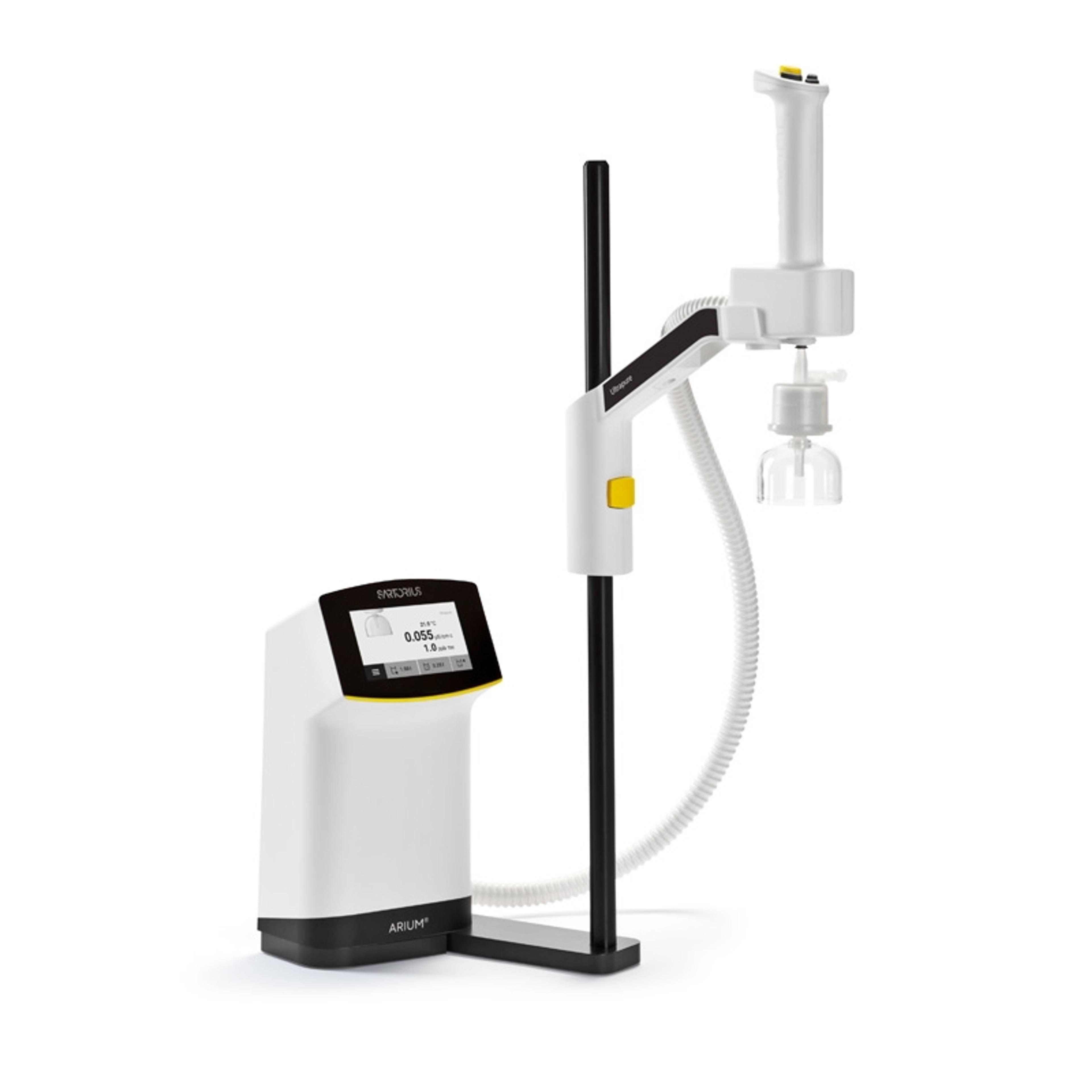Laboratory ergonomics: Top tips to improve wellbeing in the lab
Watch this on-demand webinar to uncover how to design a safe laboratory workplace and prevent ergonomic disorders
1 Dec 2021

Your daily lab routine, from the equipment you use to your seating position, can all expose you to ergonomic disorders. Pipetting, lab water dispensing, and working in a fume hood are all activities that can lead to serious strain injuries, therefore an understanding of how to improve ergonomic practices in the lab is vital in ensuring a safe and productive workplace.
In this SelectScience webinar, now available on demand, Paulus Artimo, product manager of pipetting and dispensing at Sartorius, discusses how to identify ergonomic disorders and how to select the right tools to design your workplace.
Watch on demandThink you’d benefit, but missed the live event? Register now to watch the webinar at a time that suits you and read on for highlights from the Q&A session.
Do you have any advice for positioning yourself when working in a biological safety cabinet?
PA: Most safety cabinets are not adjustable in height, so make sure you have an adjustable chair that you can set up to promote the posture that's natural to you. Think about how you set up all the equipment in the safety cabinet, ensuring you have plenty of room to work, but also making sure that all your frequently used items are within arm's length. I would recommend centering yourself so that you can easily reach all your equipment without stretching.
While pipetting, I feel pressure on my wrist. What can I do to avoid this?
PA: The combination of repetitions and the force used by your fingers on the pipette could be the cause of this. What I would recommend is taking regular breaks, and if possible, switching to an electronic pipette such as the Picus® and Picus® NxT pipettes from Sartorius as these reduce the force you need to use to dispense any liquid. Electronic pipettes also have settings that reduce the number of repetitions required.
How can I persuade people in my lab to take exercise breaks?
PA: I would use positive peer pressure in the form of being the example. Talk with your colleagues and maybe arrange for a common time slot for everybody to do exercise in the lab. Another thing you could try is showing them a recording of ergonomics training, or this webinar that highlights the benefits of regular ergonomic exercises in the lab.
In most labs, multiple people are working together and sharing equipment. How do you ensure equipment is ergonomically safe for everyone?
PA: You could include adjusting equipment to best suit the user as a part of everyone's daily routine before starting any work. It is also important to ensure the tools and instruments being used fit the lab staff’s needs and I would recommend having a couple of additional items like pipettes for those that have, for example, larger hands that can't fit common pipettes.
Optimizing your lab instruments is largely dependent on the lab manager. What can an individual researcher do to improve their wellbeing?
PA: The equipment available to you plays a major role in ergonomics but so does your awareness of how to use it. For example: how is your posture when working the equipment? Are you managing how many repetitions of the same action you are doing? These are all factors the individual can control. Optimizing your workspace also helps to reduce strain and there are techniques discussed in this webinar that allow the individual to do that.
To learn more about how to improve your wellbeing in the lab, watch the full webinar here>>
SelectScience runs 10+ webinars a month across various scientific topics, discover more of our upcoming webinars>>

